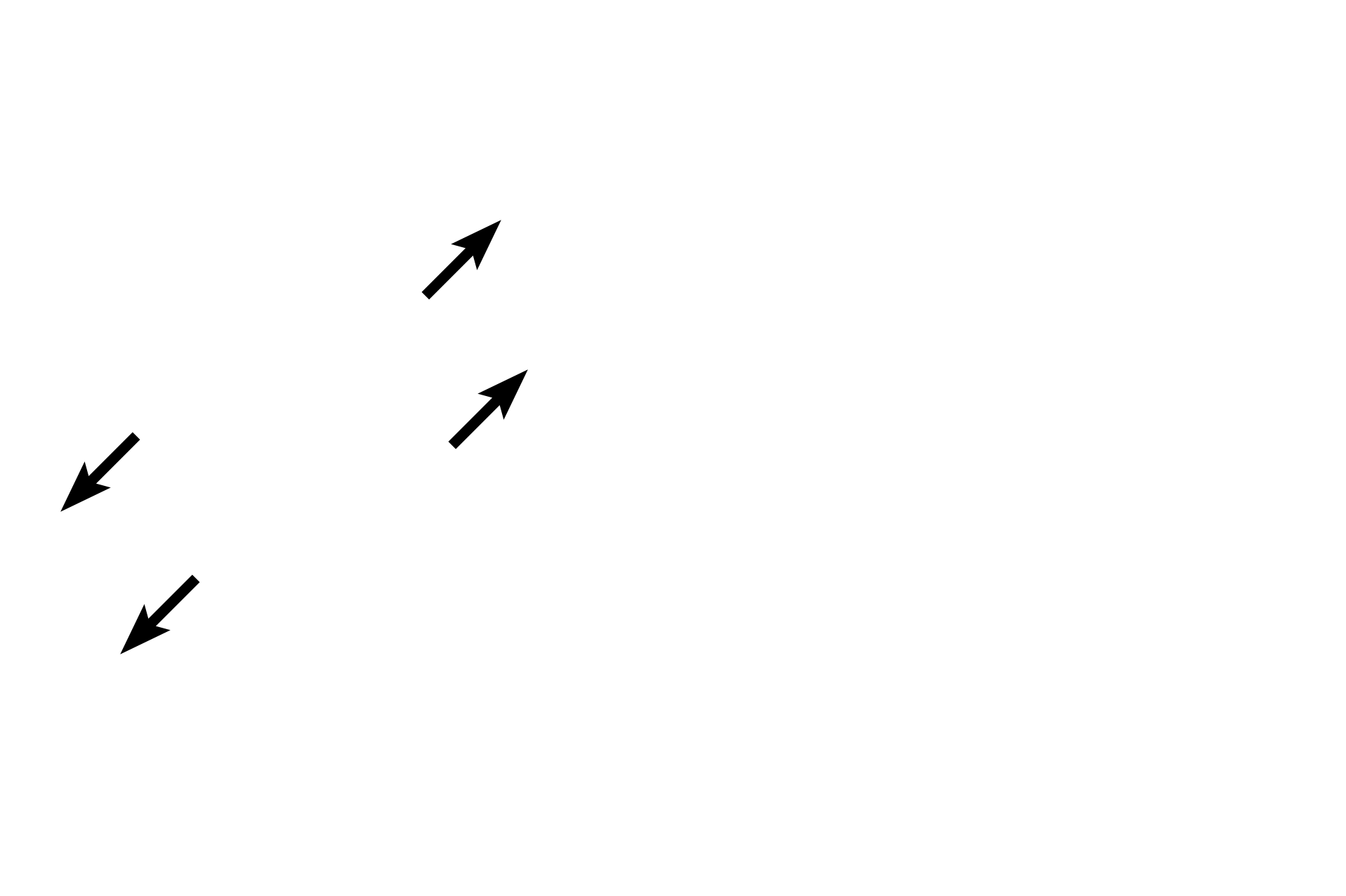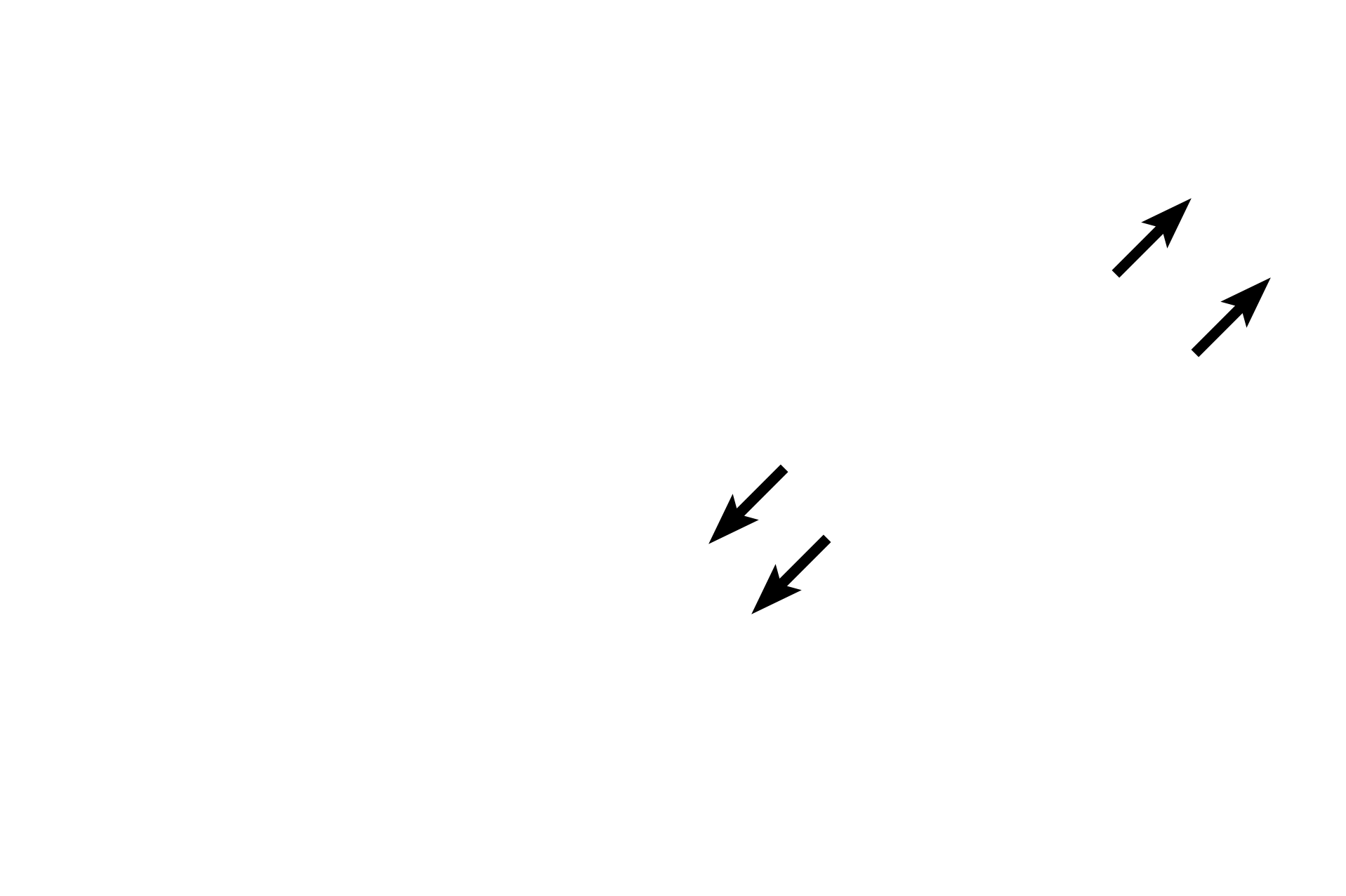
Thyroid gland
These images compare two follicles at different stages of activity: low activity (left) and high activity (right). Follicular epithelium varies in height depending on activity, with more active cells being columnar. A tall, active, follicular epithelium indicates that cells are either actively secreting thyroglobulin into the follicular lumen or are resorbing thyroglobulin for processing into thyroid hormones.

Inactive follicle
These images compare two follicles at different stages of activity: low activity (left) and high activity (right). Follicular epithelium varies in height depending on activity, with more active cells being columnar. A tall, active, follicular epithelium indicates that cells are either actively secreting thyroglobulin into the follicular lumen or are resorbing thyroglobulin for processing into thyroid hormones.

- Inactive follicle cells
These images compare two follicles at different stages of activity: low activity (left) and high activity (right). Follicular epithelium varies in height depending on activity, with more active cells being columnar. A tall, active, follicular epithelium indicates that cells are either actively secreting thyroglobulin into the follicular lumen or are resorbing thyroglobulin for processing into thyroid hormones.

Active follicle
These images compare two follicles at different stages of activity: low activity (left) and high activity (right). Follicular epithelium varies in height depending on activity, with more active cells being columnar. A tall, active, follicular epithelium indicates that cells are either actively secreting thyroglobulin into the follicular lumen or are resorbing thyroglobulin for processing into thyroid hormones.

- Active follicle cells
These images compare two follicles at different stages of activity: low activity (left) and high activity (right). Follicular epithelium varies in height depending on activity, with more active cells being columnar. A tall, active, follicular epithelium indicates that cells are either actively secreting thyroglobulin into the follicular lumen or are resorbing thyroglobulin for processing into thyroid hormones.

Thyroglobulin >
Thyroglobulin is the storage form of the thyroid hormones. It is produced by the follicular cells and released into the lumen of the follicle as colloid. When needed in the body, thyroglobulin is taken up by the follicular cells and broken down into thyroxine (T4) and triiodothyronine (T3) for release into the blood.

Capillaries >
Numerous capillaries are present in the wall of the follicle to receive the T3 and T4 hormones released by the follicle cells. Additionally, these vessels transport thyroid stimulating hormone released by throtropes in the pituitary to regulate follicle cell activity.